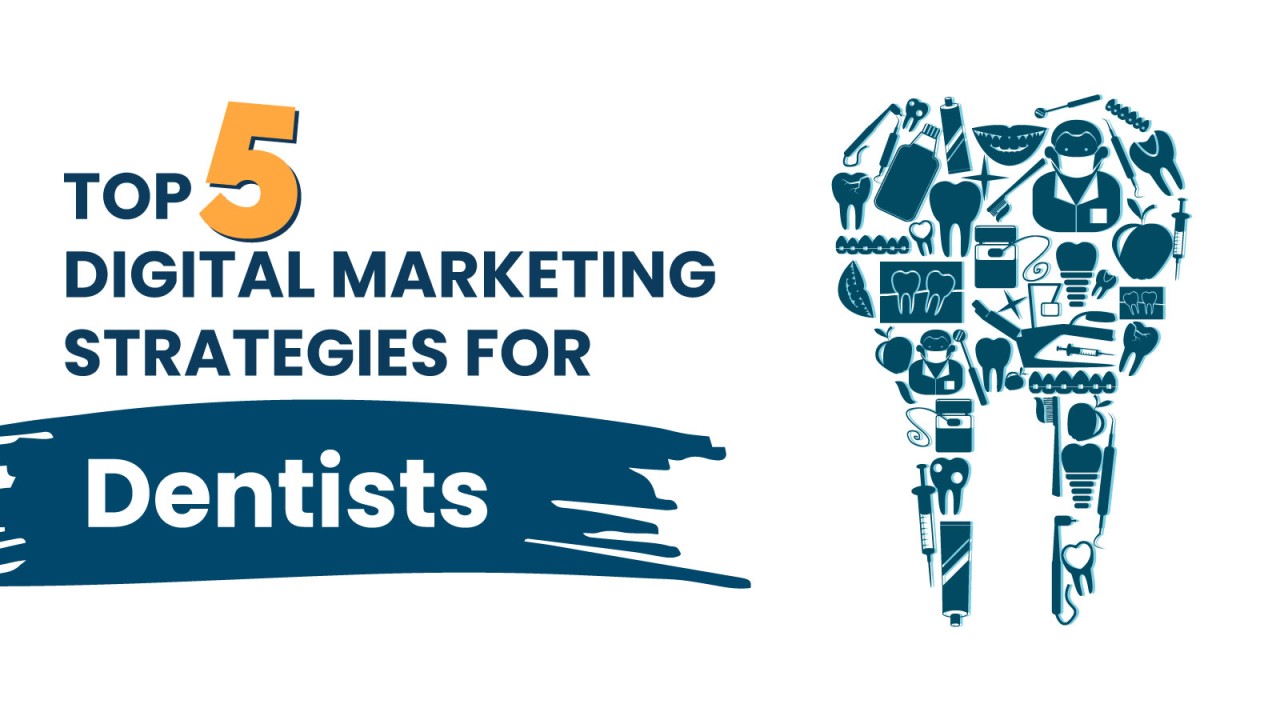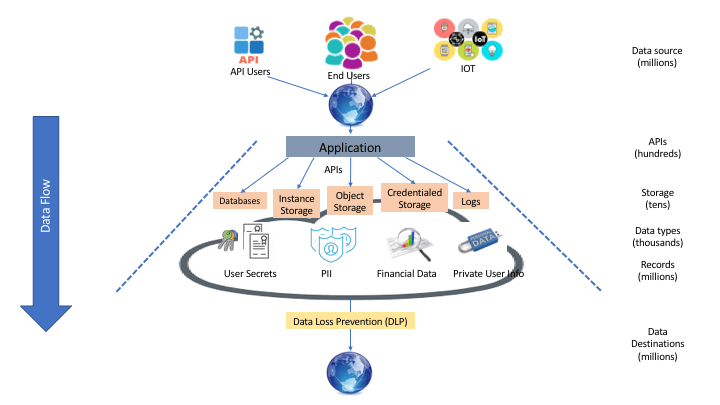It’s a common misconception that e-mail marketing is outdated in today’s fast-paced digital landscape. However, recent studies reveal that e-mail marketing continues to generate a high return on investment, averaging $36 for every $1 spent. This remarkable efficiency stems from the direct, personalized communication that electronic mail provides, allowing businesses to nurture customer relationships and guide them through the sales funnel with targeted messages. In this guide, we will explore how small business owners can leverage the power of marketing and email to effectively reach their audience, build relationships, and drive sales.
Toc
- 1. The Enduring Power of E-Mail Marketing
- 2. Crafting Effective Marketing and Email Messages
- 3. Related articles 01:
- 4. Automating E-Mail Marketing for Efficiency
- 5. Measuring the Success of Your E-Mail Marketing Campaigns
- 6. Related articles 02:
- 7. Best Practices for Optimizing Your E-Mail Marketing Efforts
- 8. FAQ
- 9. Conclusion
The Enduring Power of E-Mail Marketing

In the digital age, where attention spans are fleeting and competition is fierce, small businesses are constantly searching for effective ways to reach their target audience. While social media and paid advertising offer avenues for engagement, e-mail marketing remains a reliable and cost-effective tool for building lasting customer relationships and driving sales. This section will delve deeper into the fundamental benefits of e-mail marketing for small businesses.
Cost-Effectiveness
One of the most compelling advantages of e-mail marketing is its cost-effectiveness. Email marketing offers a significantly lower cost per acquisition (CPA) compared to traditional advertising channels like print or television. For example, a recent study by the Direct Marketing Association found that e-mail marketing has an average CPA of $0.17, while direct mail has an average CPA of $1.00. This high return is attributed to the ability to reach a large audience directly without the overhead costs associated with print or broadcast media.
Direct Communication
E-mail provides a direct line to your customers, allowing you to deliver personalized messages and promotions. This direct communication fosters a sense of intimacy and connection that social media platforms often lack. When a customer receives an electronic mail message, it feels like a one-on-one conversation rather than just another social media post lost in a crowded feed. This personal touch can significantly enhance customer engagement and loyalty.
Building Relationships
E-mail marketing allows for the creation of personalized customer journeys. This can involve sending a welcome e-mail series with valuable content, offering exclusive discounts based on past purchases, and sending reminders about abandoned carts. For example, a clothing retailer might send a welcome series with style tips and exclusive discounts to new subscribers, followed by personalized product recommendations based on their browsing history. By delivering relevant and engaging messages, you can foster a sense of loyalty and encourage repeat business. This strengthened connection can lead to increased customer lifetime value and higher customer retention rates, which are crucial for the long-term success of any small business.
Driving Sales
E-mail marketing is a powerful tool for driving conversions. From promoting new products and special offers to reminding customers about abandoned carts, e-mail can effectively guide your audience through the sales funnel. With the ability to target specific segments and personalize your messaging, e-mail marketing can significantly boost your e-commerce sales. For instance, sending tailored recommendations based on previous purchases can lead to upselling and cross-selling opportunities that enhance revenue.
Crafting Effective Marketing and Email Messages

To harness the full potential of e-mail marketing, it’s essential to create engaging and personalized messages that resonate with your target audience. Here are some practical tips for crafting effective marketing emails that can drive results.
Know Your Audience
Understanding your audience is the cornerstone of any successful marketing strategy. Segment your e-mail list based on demographics, purchase history, and engagement levels to ensure you’re delivering the right message to the right people. This level of personalization can significantly improve open and click-through rates, as your subscribers will feel that your e-mails are tailored specifically to their interests and needs.
Subject Line Optimization
The subject line is the first thing your subscribers see, making it a critical component of your e-mail. Craft compelling subject lines that pique interest, using a mix of curiosity, urgency, and personalization to encourage opens. For example, instead of a generic subject line like “Sale on Shoes,” consider something more engaging, such as “Your Exclusive 20% Off on New Arrivals Awaits!” A/B testing different subject line variations can help you determine what resonates best with your audience.
Visual Appeal
Enhancing the visual appeal of your e-mails is crucial for capturing attention. Use high-quality images and graphics that showcase your products effectively. Remember to keep the design clean, mobile-friendly, and on-brand. In 2023, over 50% of e-mails are opened on mobile devices. This shift in e-mail consumption necessitates optimized e-mail design for mobile screens, including clear layouts, large font sizes, and clickable buttons. Visuals can help break up text, draw attention to key elements, and create a more engaging overall experience. Including visually appealing elements can also lead to higher engagement rates, as subscribers are more likely to interact with visually stimulating content.
1. https://rsnguyen.vn/archive/2815/
2. https://rsnguyen.vn/archive/2812/
3. https://rsnguyen.vn/archive/2814/
Clear Call-to-Action
Every e-mail should include a clear and concise call-to-action (CTA) that guides your subscribers to the desired action, whether that’s visiting your website, making a purchase, or signing up for a newsletter. Your CTA should be prominently displayed and stand out from the rest of the e-mail content. For example, using contrasting colors or bold fonts can help draw attention to the CTA button.
Personalization
Leverage dynamic content to personalize your e-mails based on customer preferences, purchase history, and browsing behavior. This level of personalization can help your messages stand out in a crowded inbox and demonstrate your understanding of your customers’ unique needs and interests. For instance, if a customer frequently purchases fitness gear, consider sending them tailored recommendations for new workout apparel or accessories.
Automating E-Mail Marketing for Efficiency

E-mail automation can streamline your marketing efforts, personalize customer interactions, and optimize your ROI. Consider implementing the following automated e-mail campaigns:
Welcome Emails
Greet new subscribers with a personalized welcome e-mail that introduces your brand, highlights key products, and provides valuable resources to help them get started. This sets the tone for a positive and engaging relationship from the very beginning. A well-crafted welcome e-mail can significantly improve customer retention and encourage future purchases.
Abandoned Cart Recovery
Cart abandonment is a common challenge in e-commerce, but automated e-mails can help recover lost sales. Send targeted e-mails to customers who have abandoned their shopping carts, reminding them of their items and offering incentives, such as discounts or free shipping, to complete their purchase. These targeted messages can effectively guide customers back to your store, increasing conversion rates.
Post-Purchase Emails
Automate a series of e-mails that thank customers for their order, provide tracking information, and promote related products or services. This ongoing communication helps build customer loyalty and encourages repeat business. For example, following up with customers after a purchase to ask for feedback or offer complementary products can enhance their overall experience with your brand.
Birthday and Anniversary Emails
Sending personalized e-mails on special occasions, such as birthdays or anniversaries, can significantly enhance customer loyalty. These thoughtful gestures make customers feel valued and appreciated, strengthening their connection to your brand. Consider offering exclusive discounts or special offers to celebrate their milestones, encouraging repeat purchases.
Re-Engagement Emails
Reach out to inactive subscribers with automated e-mails to re-engage them with your brand and encourage them to return to your store. By offering incentives or highlighting new products, you can bring these customers back into the fold and potentially reactivate them as loyal customers. Re-engagement campaigns can help reduce churn rates and improve overall e-mail list health.
Measuring the Success of Your E-Mail Marketing Campaigns

Tracking key e-mail marketing metrics is essential for understanding the effectiveness of your campaigns and identifying areas for improvement. Focus on the following metrics:
Open Rate
The percentage of recipients who open your e-mails. This metric can help you evaluate the subject line and overall e-mail appeal. A higher open rate indicates that your subject lines are effective and that your audience is engaged.
Click-Through Rate
The percentage of recipients who click on a link within your e-mails. This metric can indicate the relevance and value of your e-mail content. Monitoring click-through rates can help you refine your messaging and improve engagement levels.
1. https://rsnguyen.vn/archive/2814/
2. https://rsnguyen.vn/archive/2817/
3. https://rsnguyen.vn/archive/2816/
Conversion Rate
The percentage of recipients who take a desired action, such as making a purchase or signing up for a newsletter. This metric directly measures the impact of your e-mail marketing efforts. A higher conversion rate indicates that your e-mails are effectively driving sales and achieving your marketing goals.
Unsubscribe Rate
The percentage of recipients who unsubscribe from your e-mail list. This metric can help you identify any pain points or areas for improvement in your e-mail strategy. A high unsubscribe rate may indicate that your content is not resonating with your audience or that you are sending too many e-mails.
Bounce Rate
The percentage of e-mails that fail to deliver. This metric can provide insight into the quality of your e-mail list and the health of your e-mail domain. A high bounce rate may suggest that you need to clean your e-mail list or improve your e-mail deliverability practices.
By closely monitoring these metrics, you can continually refine your e-mail marketing strategies and optimize your campaigns for maximum impact. Regularly analyzing your performance data will help you make informed decisions and improve your overall marketing efforts.
Best Practices for Optimizing Your E-Mail Marketing Efforts

To ensure the success of your e-mail marketing initiatives, consider implementing the following best practices:
- Build a Strong E-Mail List: Use lead magnets, pop-up forms, and social media integrations to encourage subscribers to opt-in to your e-mail list. This ensures you’re reaching an engaged and interested audience.
- Segment Your Audience: Divide your e-mail list into smaller groups based on demographics, interests, and purchase behavior to deliver more targeted and relevant content. This personalization can significantly improve engagement and conversion rates.
- Maintain E-Mail Deliverability: Follow best practices for e-mail deliverability, including using a reputable e-mail service provider, maintaining a clean e-mail list, and avoiding spam triggers. This helps to ensure your messages reach the inbox and not the spam folder.
- Comply with E-Mail Marketing Regulations: Adhere to laws such as CAN-SPAM and GDPR to protect your subscribers’ privacy and avoid legal issues. This builds trust and credibility with your audience.
- Provide Value to Your Subscribers: Send e-mails that offer valuable content, exclusive offers, and personalized recommendations to keep your audience engaged. This helps to build long-term relationships and loyalty.
- Test and Refine Your Campaigns: A/B test different elements of your e-mails to determine what works best for your audience, and continuously optimize your strategies based on performance data. This allows you to constantly improve the effectiveness of your e-mail marketing efforts.
FAQ
What are some good e-mail marketing tools for small businesses?
Popular options include Mailchimp, Constant Contact, and Sendinblue, offering a range of features for e-mail automation, segmentation, and analytics. These platforms can help streamline your e-mail marketing efforts and provide valuable insights into your campaigns.
How often should I send e-mails to my customers?
The ideal frequency depends on your audience and your goals. Start with a weekly or bi-weekly schedule, and adjust based on engagement levels. Monitoring your open and click-through rates will help you determine the optimal cadence for your business.
What are some effective lead magnets for small businesses?
Consider offering discounts, free shipping, exclusive content, or early access to new products. These types of lead magnets can help you grow your e-mail list and attract engaged subscribers who are more likely to convert into customers.
Conclusion
E-mail marketing is a powerful tool that can help small businesses reach their target audience, build relationships, and drive sales. By crafting effective marketing e-mails, automating your marketing efforts, and tracking your results, you can maximize your return on investment and achieve your business goals. Start implementing these strategies today to unlock the full potential of marketing and email for your business. With the right approach, your e-mail marketing efforts can be a game-changer, allowing you to connect with customers in meaningful ways and drive sustainable growth.











